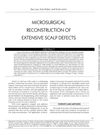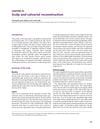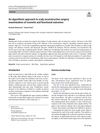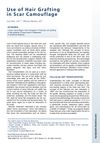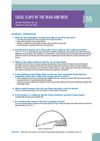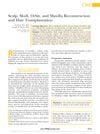Scalp Reconstruction Techniques After Oncologic Resection
October 2006
in “
Journal of Surgical Oncology
”
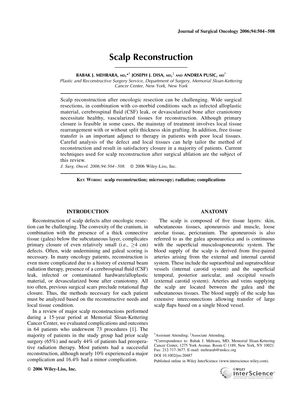
TLDR Different scalp reconstruction methods work well, but the best one depends on the patient's unique needs.
The document from October 23, 2006, reviews various techniques for scalp reconstruction after oncologic resection, based on an evaluation of 64 patients who underwent 73 procedures at Memorial Sloan-Kettering Cancer Center over 15 years. It was found that successful reconstruction was generally achieved, with major complications in 10% and minor complications in 16.4% of cases. Techniques ranged from primary closure and skin grafting to local flaps and free tissue transfer, depending on the size and complexity of the wound. Additionally, a study by Gurlek et al. involving 12 patients showed that sequential tissue expansion is a safe and effective method for scalp reconstruction, with a major complication rate of 3.1%, although it requires significant time. The document underscores the importance of customizing the reconstruction method to the patient's specific defect and tissue condition.
